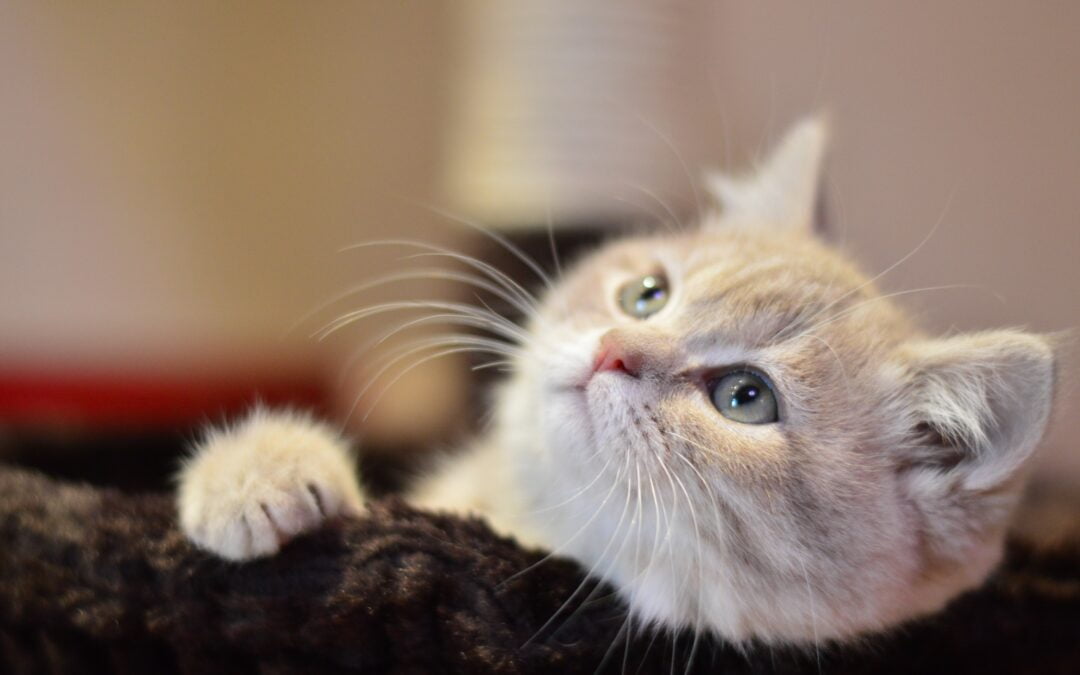I know, I know…This is a topic that we cat lovers don’t like to think about, but by educating ourselves this may in turn actually help us to extend the life expectancy of our cats.
To begin with – indoor cats’ average life span can be 17 or more years, while an outdoor cat’s averages 2-5 years. I know that some of you reading this will think, “oh, but my cat is used to being outdoors.” So I have some questions for you – is your cat neutered? If not, he/she will do everything they can when in heat to get to another cat to mate with.
Even if kitty is neutered, the lure of the outdoors is great for many cats. Just remember, you’re the boss, not a kitty. I’d be rich if I had a nickel for every Facebook post I’ve read where a cat owner is crying because their outdoor cat was hit by a car, severely injured or killed by another animal or human – I’ve even read posts about cats being shot. It’s a dangerous world, especially so for outdoor cats.
If you’re now convinced your outdoor cat needs to be indoors so he/she can enjoy a long life expectancy of housecats, here are some ways to help make the transition from outdoor to indoor cats.
This is a good thing – your cat can now have the same lifespan of house cats! The trick is to make the indoors as much fun as the outdoors.
- If your cat has always been an outdoor cat, introduce a litter box and scratching post (preferably rubbed with catnip leaves or sprayed with liquid catnip spray) before the transition to indoor life.
- Feed kitty indoors only, then keep your cat indoors for increasing amounts of time.
- If your cat tries to run out, rattle a jar of coins or squirt the cat with a water gun.
- If it is wintertime, introduce your cat to his own nice, warm bed.
- Never ever hit or yell at your cat – you will only succeed in frightening him.
- Distract kitty from trying to get outside by throwing a favorite treat away from the door.
- Give your cat some interactive toys, a kitty jungle gym or a cat tree. If possible buy a cat perch so kitty can sit comfortably and look out the window.
Now that we’ve talked about a good way to give kitty an indoor cat’s lifespan, I’d like to go over a few other things that affect your cat ‘s lifespan. The most common cause of death in senior cats is kidney failure, cancer and disease such as FIV (feline immunodeficiency virus). Another one is hyperthyroidism and the conditions that it can cause – inflammatory bowel disease, arthritis, diabetes, hypertension, and dental disease. There are other common diseases such as FeLV (feline leukemia virus, heartworm, high-rise syndrome, rabies, and ringworm.
Here’s a list of the life expectancy for these cat diseases:
- Kidney disease (stage III) – as long as 5.75 years. When the disease progresses to stage IV survival is only about one month. Regular infusions and special diet food can often help your cat’s life expectancy.
- Cancer – without treatment, two months. With treatment, cats can live up to a year or longer.
- FIV (feline immunodeficiency virus) – an indoor well cared for FIV positive cat can live as long as 12 years, depending on how well they avoid secondary infection.
- Feline leukemia (FeLV ) – cats may live a long time after diagnosis, even 10-15 years until the virus becomes active.
- Hyperthyroidism – treated (which can be with oral medication or radiation) the life expectancy can be 3-5 years. Untreated hyperthyroidism can cause serious, potentially fatal heart problems.
- Diabetes — the majority of cats are insulin-dependent by the time they are diagnosed. The good news is that these cats can enjoy a normal lifespan if their diabetes is treated properly.
- Arthritis — thanks to modern veterinary medicine, arthritic cats can live long lives, even up to 15 to 20 years.
- Inflammatory bowel disease — this can cause painful cramping. It can’t be cured but it can be managed. Lifespan depends on the severity and complexity of the condition.
- Heartworm – heartworm in cats is often misdiagnosed as asthma. Unfortunately, there’s no current treatment and it may be fatal without any warning.
- Ringworm — this condition is contagious for 3 weeks with aggressive treatment. Proper treatment is imperative. Treatments include lime dipping (is a sulfurated lime solution that kills mites and also works against fungi and bacteria) plus oral antifungal cream and bathing with an antifungal shampoo.
- High-rise syndrome – this refers to cats falling from higher than two stories, generally from high-rise buildings or skyscrapers.
- Rabies – this disease can take months to develop. Sadly cats may only live a few days after clinical signs appear. However, rabies in cats is extremely rare, and there hasn’t been a cat to human rabies transmission in the past 40 years.
I hope this information proves both interesting and informative. Let’s all do our best to take good care of our precious felines and love them for as long as we have them.


Recent Comments